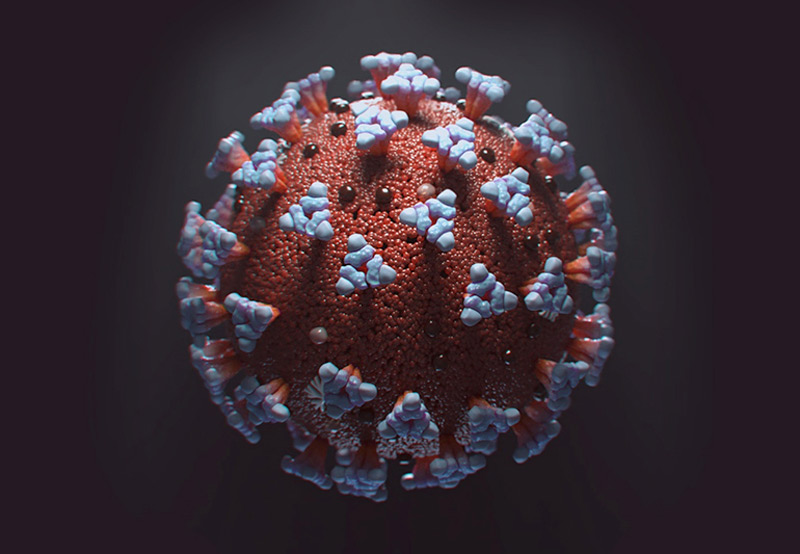
Novel Virus Shows Similarities to COVID-19 Pathogen
Chinese researchers have identified a new bat coronavirus that could potentially infect humans, raising concerns in the scientific community due to its similarities with SARS-CoV-2, the virus responsible for the COVID-19 pandemic.
The newly discovered virus, designated as HKU5-CoV-2, has been found to utilize the same human receptor as the COVID-19 virus, according to research published Tuesday in the peer-reviewed journal Cell. “We report the discovery and isolation of a distinct lineage (lineage 2) of HKU5-CoV, which can utilize not only bat ACE2 but also human ACE2 and various mammalian ACE2 orthologs,” the researchers detailed in their findings.
Research team and scientific background
The discovery was made by a team led by prominent virologist Shi Zhengli, known in scientific circles as “Batwoman” for her extensive work on coronaviruses at the Wuhan Institute. Notably, Zhengli has previously disputed theories suggesting COVID-19 originated from a lab leak at the institute.
The research collaboration included scientists from multiple prestigious institutions:
- Guangzhou Laboratory
- Guangzhou Academy of Sciences
- Wuhan University
- Wuhan Institute of Virology
Understanding HKU5-CoV-2
The newly identified virus represents a new lineage of the HKU5 coronavirus, first detected in Japanese pipistrelle bats in Hong Kong. It belongs to the merbecovirus subgenus, which includes the pathogen responsible for Middle East respiratory syndrome (MERS).
Studies suggest the virus may have originated in bats and potentially transferred to humans through an intermediate animal host, though the exact origin remains under investigation.
Recent health concerns in China
This discovery follows recent concerns about a surge in human metapneumovirus (HMPV) cases in China, which briefly sparked fears of another pandemic. However, health experts have clarified that HMPV is a well-known seasonal virus, typically seeing increased activity during winter months, and is distinctly different from COVID-19.
Despite social media circulation of images showing crowded hospitals with masked patients, experts emphasize that HMPV has been a known pathogen for many years, and the current situation represents normal seasonal variation rather than a novel threat.
The identification of HKU5-CoV-2 underscores the ongoing importance of viral surveillance and research in preventing future pandemics, even as scientists continue to debate the origins of COVID-19 and other emerging pathogens.






